
How to Winterize an RV
Dave SolbergTraditionally, winterizing a motor home, fifth wheel or any other kind of RV involves pouring four or five gallons of antifreeze into the water lines, then running the system in order to ensure that all of your pipes have antifreeze rather than water in them. This is generally effective, and not too costly.
There are, however, other efficient solutions that use less antifreeze and do a better job of keeping your water lines in tiptop shape. RV manufacturers have developed all kinds of tools and techniques for maintaining your water system. Whatever you’re in need of, we can guarantee there’s a quick fix out there!
In this quick lesson, RV expert Dave Solberg teaches you some of these alternative methods, and explains how to winterize an RV so it’s ready for the holiday season, whether you’re long-term storing or taking it out for a spin in colder climates. With his step-by-step demonstration, you’ll be able to navigate the process with no issue whatsoever.
Learning how to winterize an RV through other methods
Dave begins by walking you through the traditional method of flushing antifreeze through the lines via a basic funnel. Then he shows you how to do with these other simple but reliable ideas on how to winterize an RV:
- 1. Buy a winterizing kit. These kits are available through a number of reputable dealers, and can be combined with an easy-to-use hand pump. All you have to do is utilize the pump and one of these aftermarket kits to pump antifreeze through the RV’s system. Once the proper amount of antifreeze is flushed into the system, Dave shows you how to open up each faucet (kitchen and all bathroom appliances (i.e. toilet, shower hose, etc.)) and let them run until you can clearly see the colored antifreeze flowing.
- 2. Blow it out. Dave also shows you how to winterize an RV by blowing out the water system with city water. In order to do this, you’ll need to attach a small, specialized component geared toward winterizing an RV and simply run water until you see the colored antifreeze come through. Only once you can see antifreeze do you know all of the water is out of the lines. As an extra solution, some people also like to add a little antifreeze to the fresh water storage tank in order to ensure that any remaining water left over from your latest journey cannot freeze and harm the system. A cracked tank, water line or accessory part is never a good time!
In addition to this handy video on how to winterize an RV, don’t forget that we have a huge library or RV repair videos that you can utilize to maintain all the components on your rig. Whether you’re looking for more advice on winterizing RVs or you want to focus on another of your vehicle’s systems, Dave and his team of experts have everything you need. Check them out if ever you feel lost, and have a great and safe time on the road!
Share tips, start a discussion or ask one of our experts or other students a question.
Already a member? Sign in
7 Responses to “How to Winterize an RV”
Explore videos by Dave Solberg
You may be interested in
Premium Membership
Unlock exclusive member content from our industry experts.
- 24/7 Access to Premium RV Maintenance Videos, Travel Inspiration, and Lifestyle Tips
- Step-by-Step Instructional Demos, Projects, and Guides
- 50% Off Video Downloads Purchased in the RV Lifestyle & Repair Shop
- Access to Ask the Expert Program
Unlock exclusive member content from our industry experts.
- 24/7 Access to Premium RV Maintenance Videos, Travel Inspiration, and Lifestyle Tips
- Step-by-Step Instructional Demos, Projects, and Guides
- 2 Full-Length Video Downloads to Watch Offline
- 50% Off Video Downloads Purchased in the RV Lifestyle & Repair Shop
- Access to Ask the Expert Program
Gold Membership
$333 Value
Get everything included in Premium plus exclusive Gold Membership benefits.
- 24/7 Access to Premium RV Maintenance Videos, Travel Inspiration, and Lifestyle Tips
- Step-by-Step Instructional Demos, Projects, and Guides
- 9 Full-Length Video Downloads to Watch Offline
- 2 Full-Length RV Repair Classes to Keep for Life
- Discounts on Purchase-to-Own Content in the RV Lifestyle & Repair Shop
- Access to Ask the Expert Program
- Exclusive GOLD LIVE Streaming Events

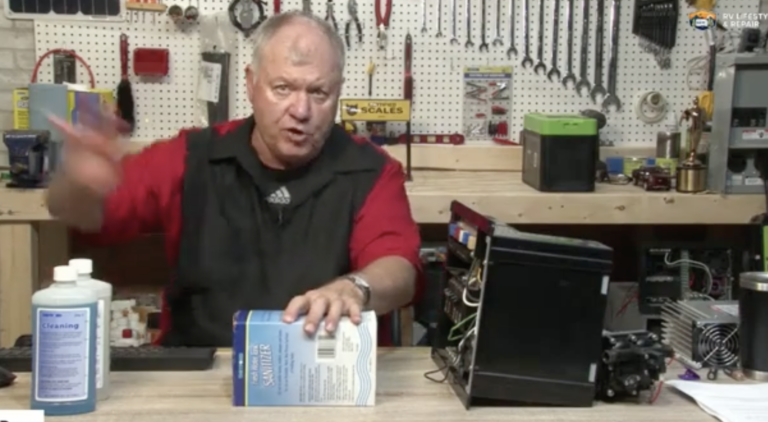
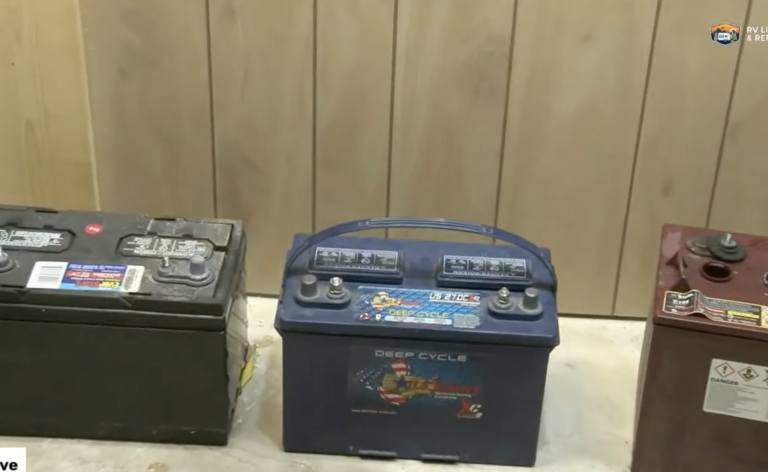
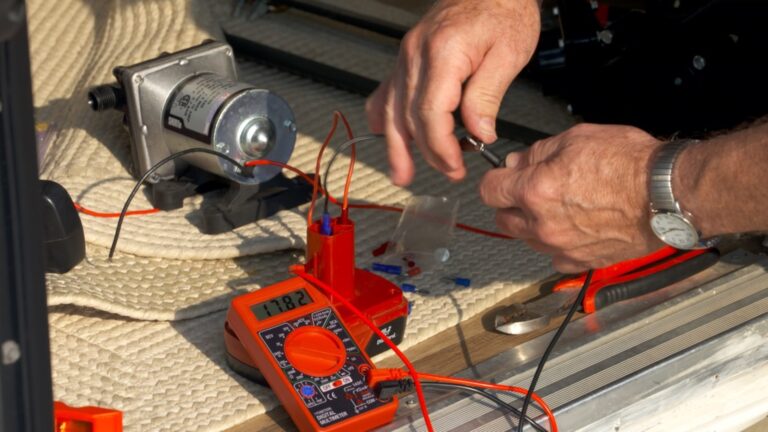
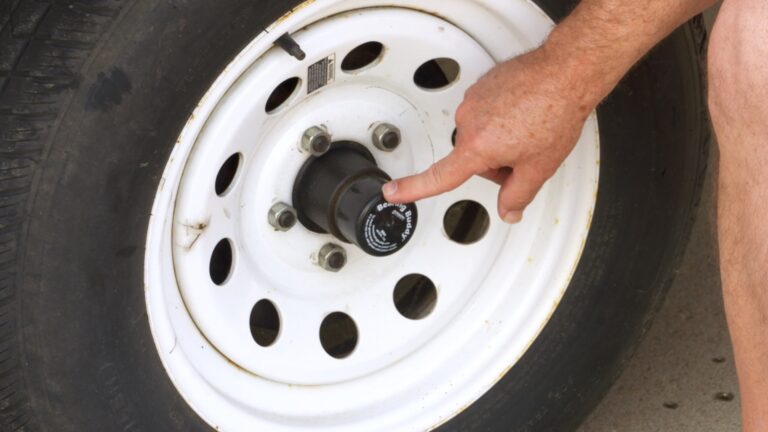
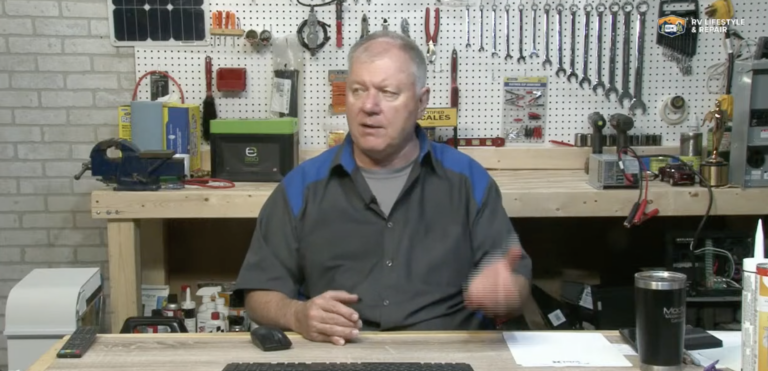
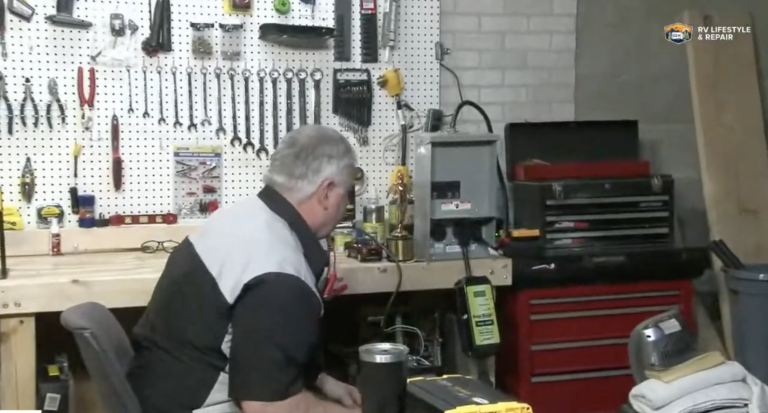

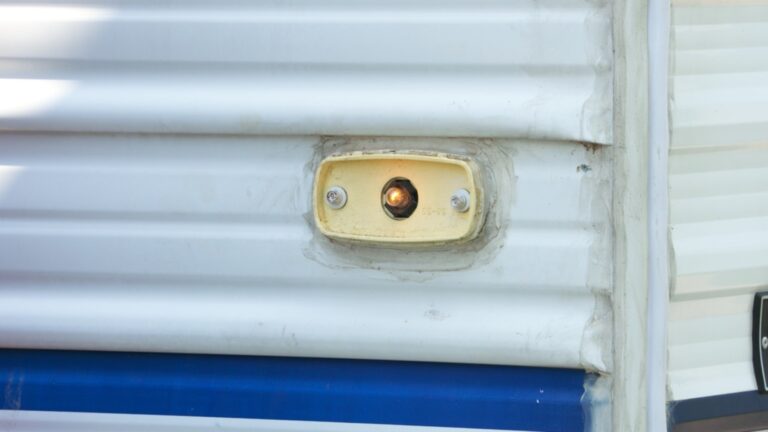
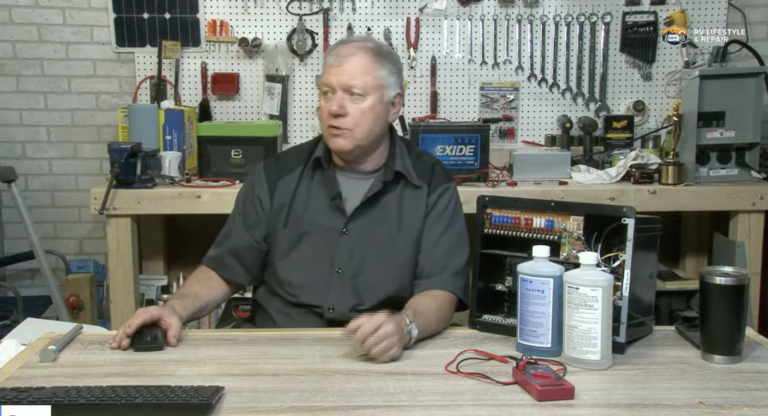

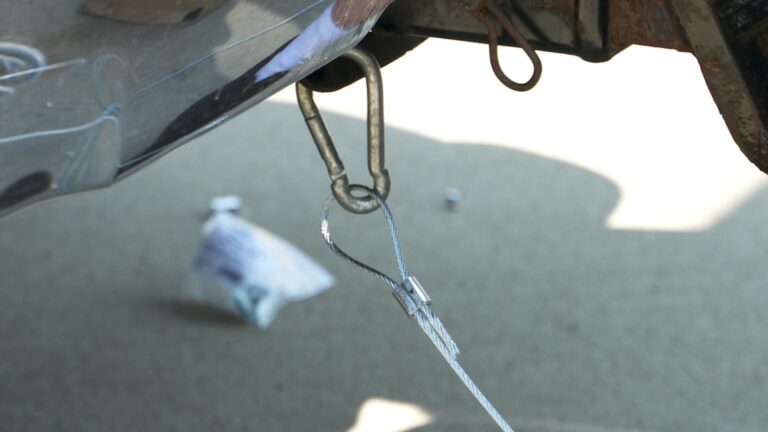
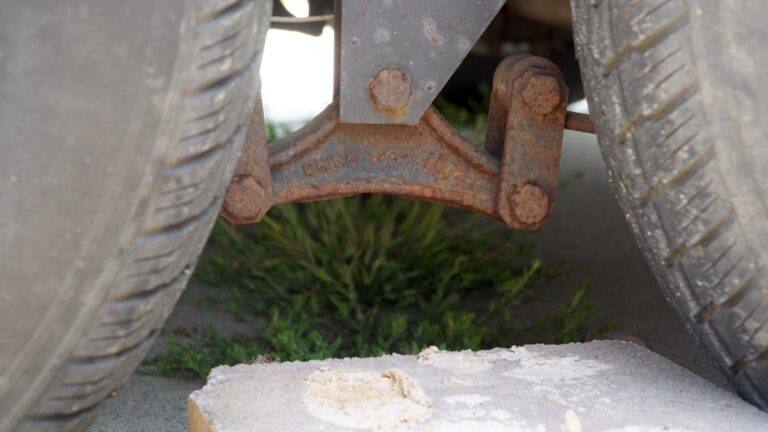

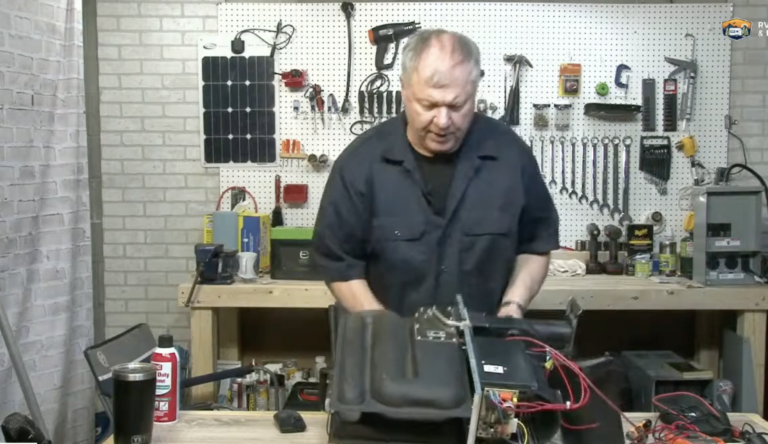

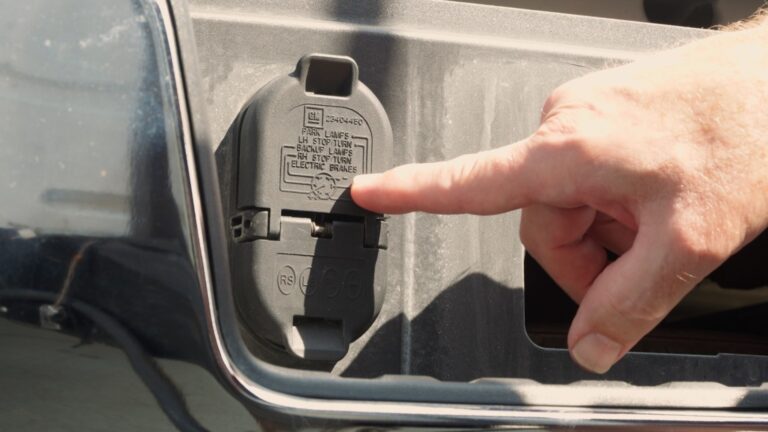
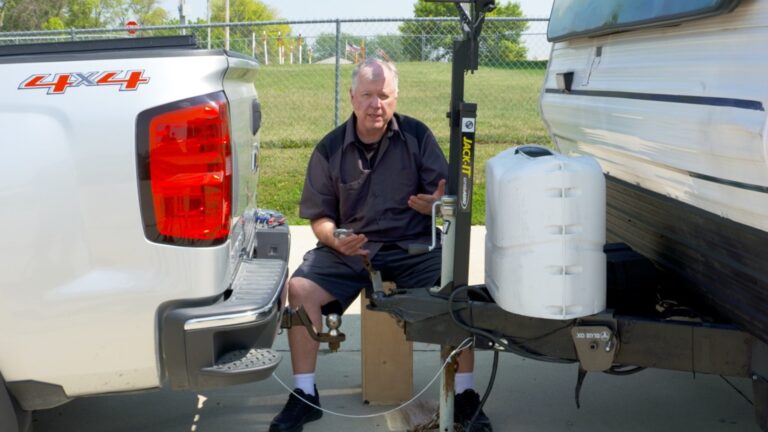
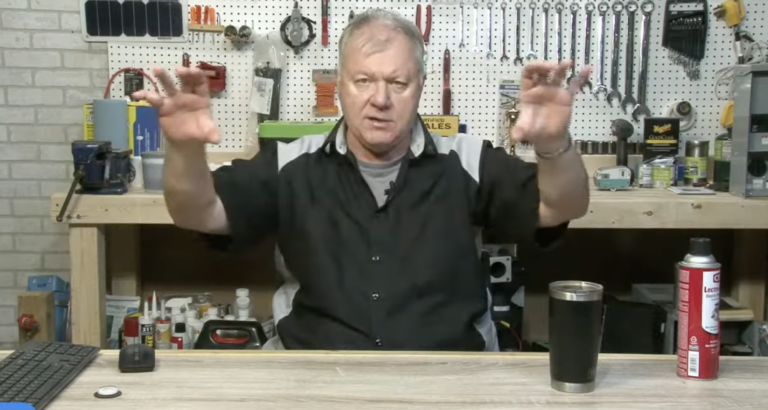

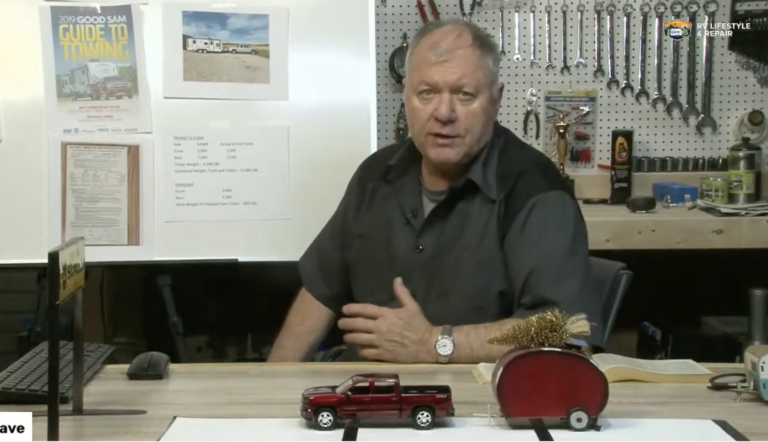
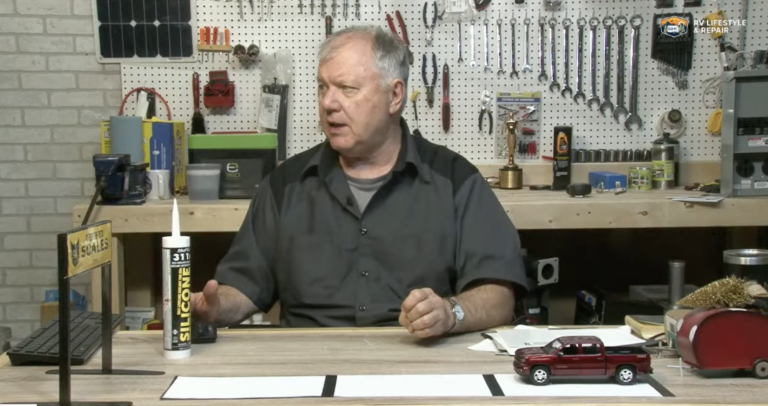
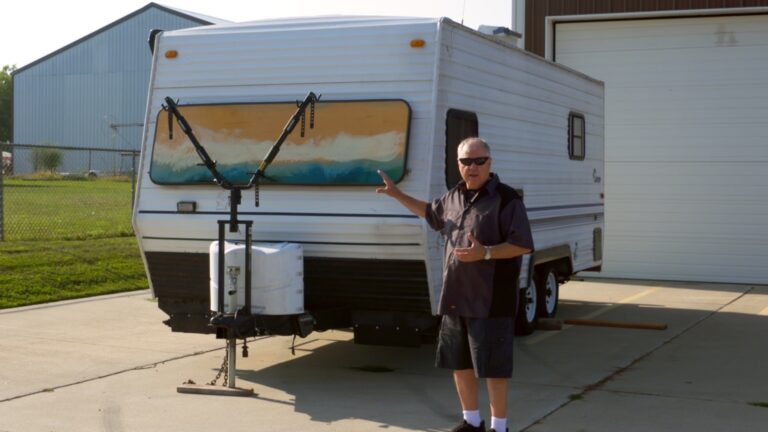
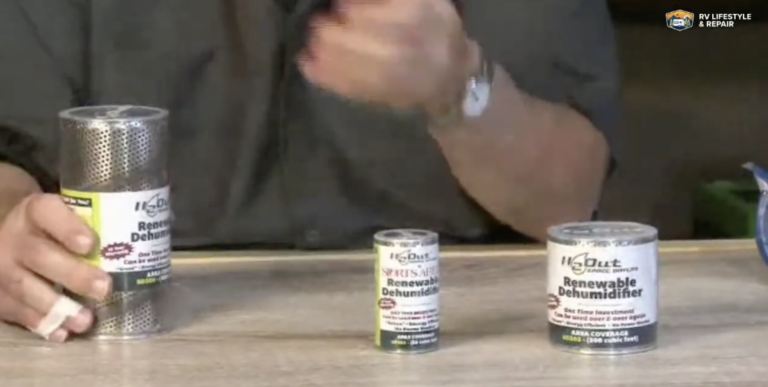
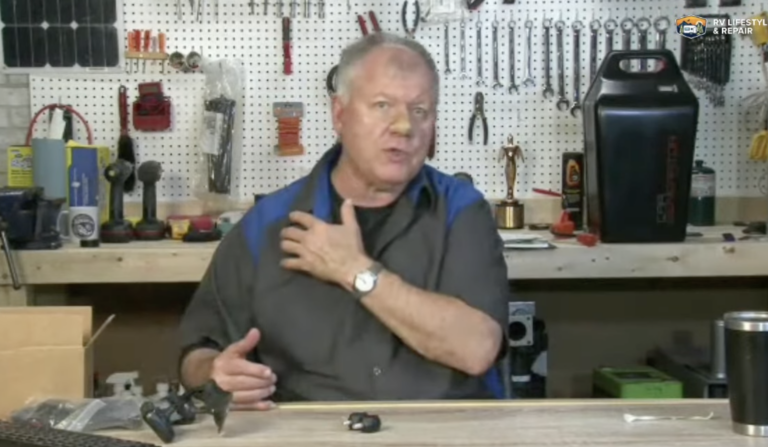
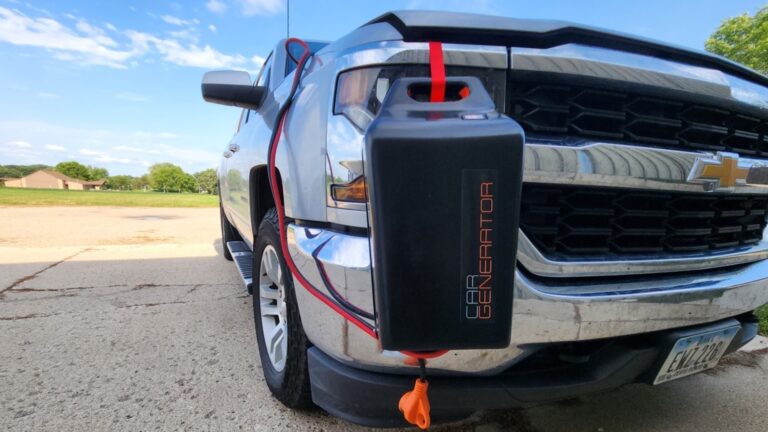

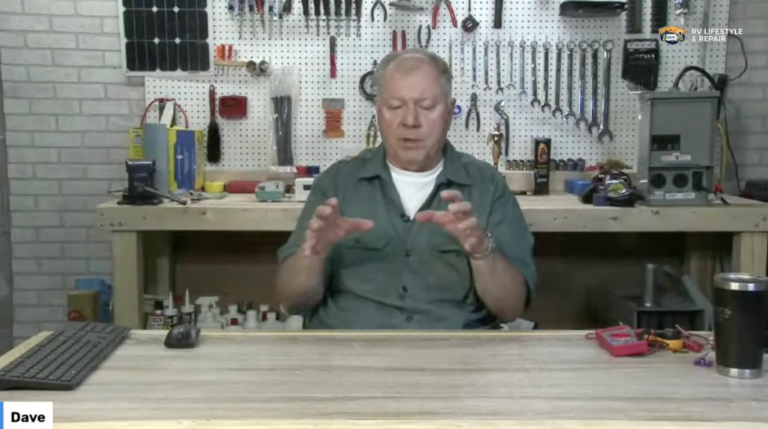
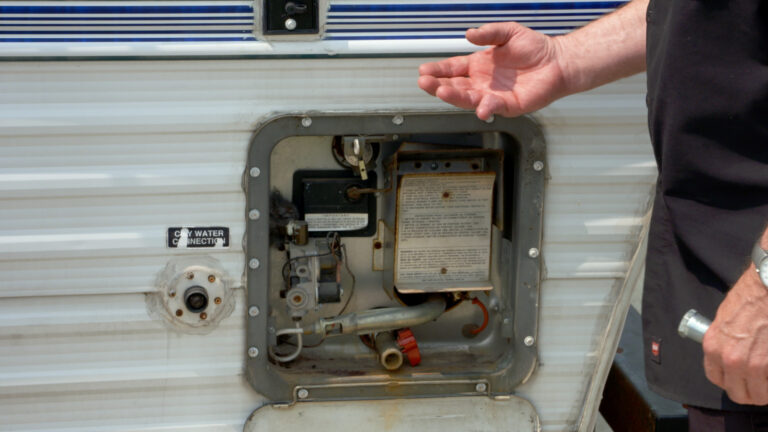
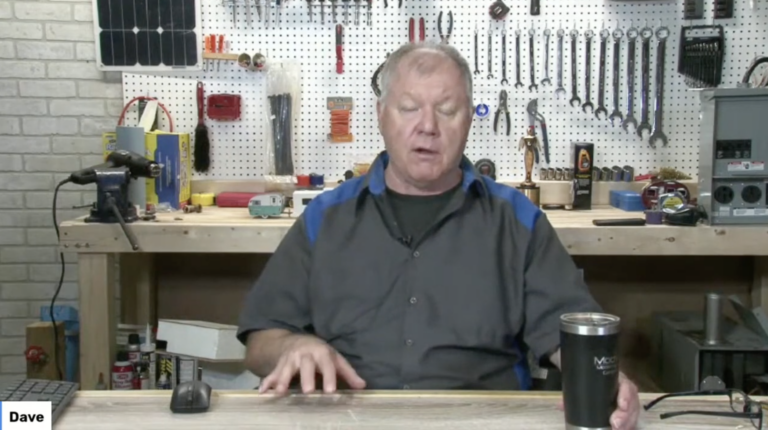
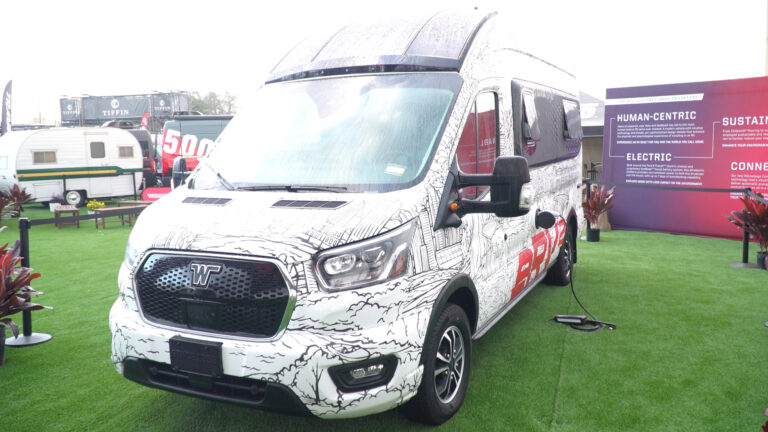


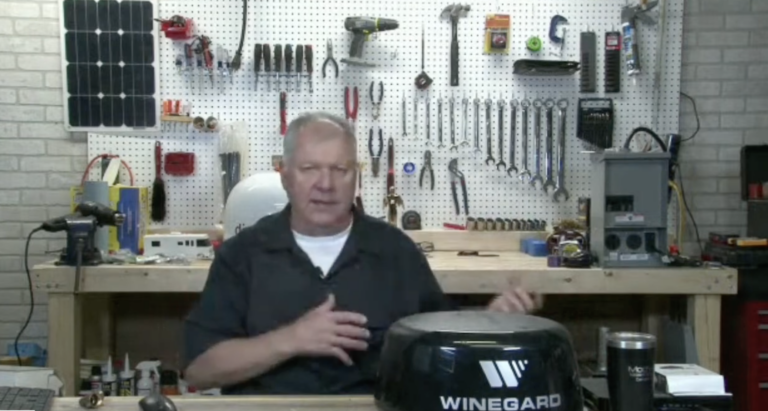
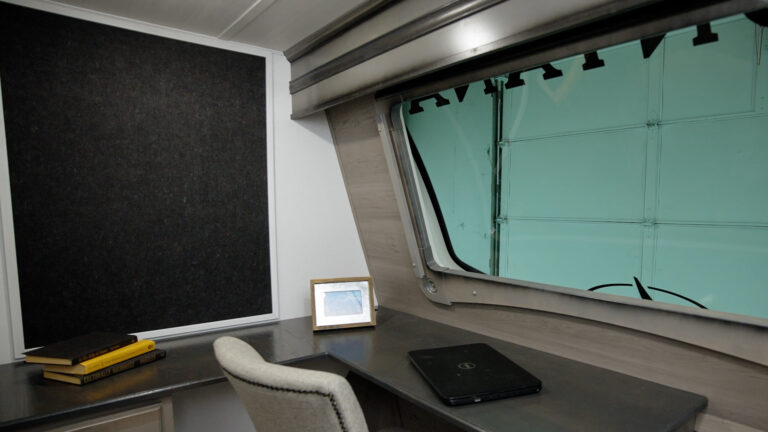

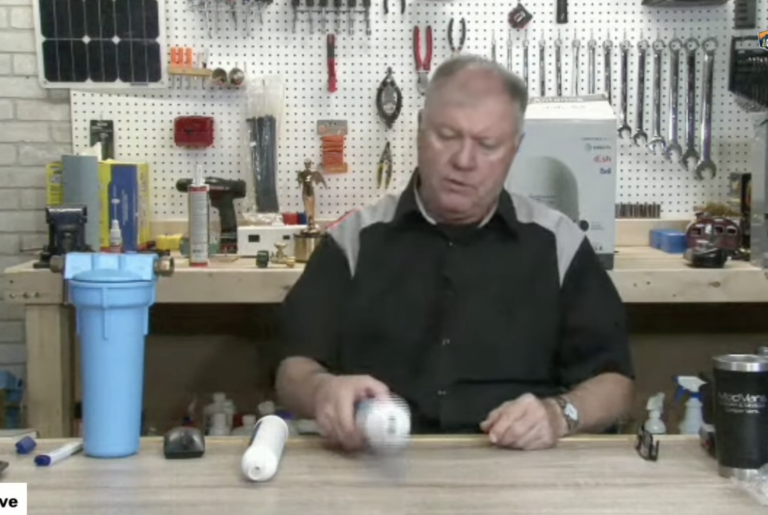
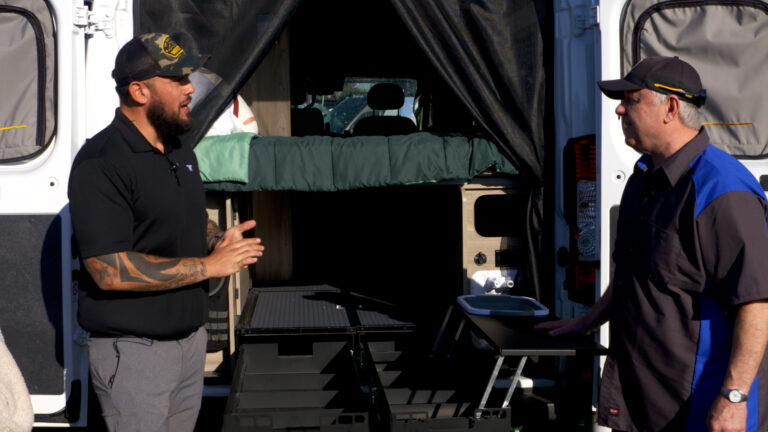
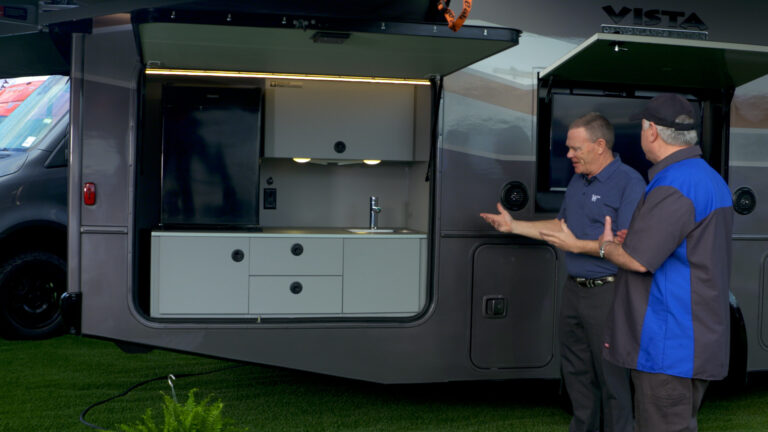
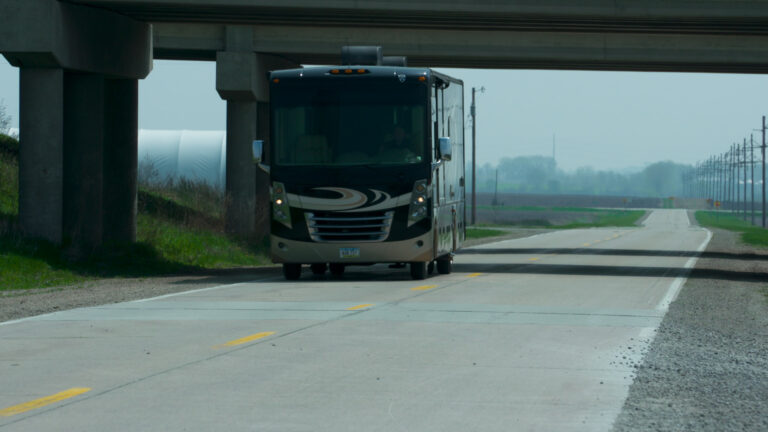

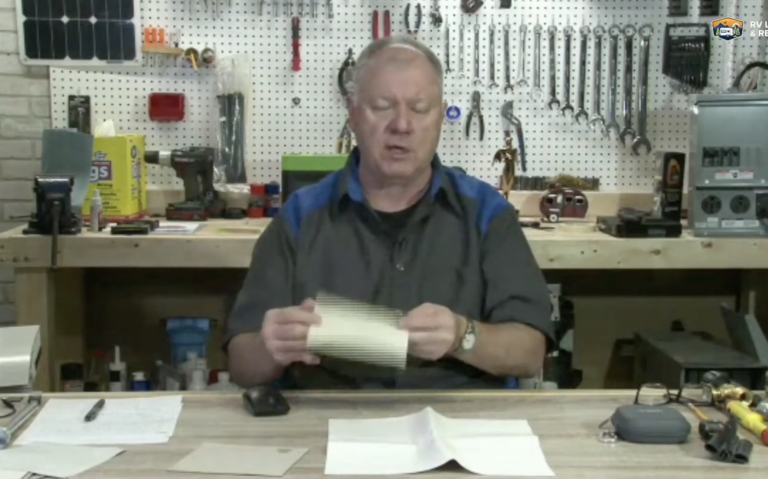
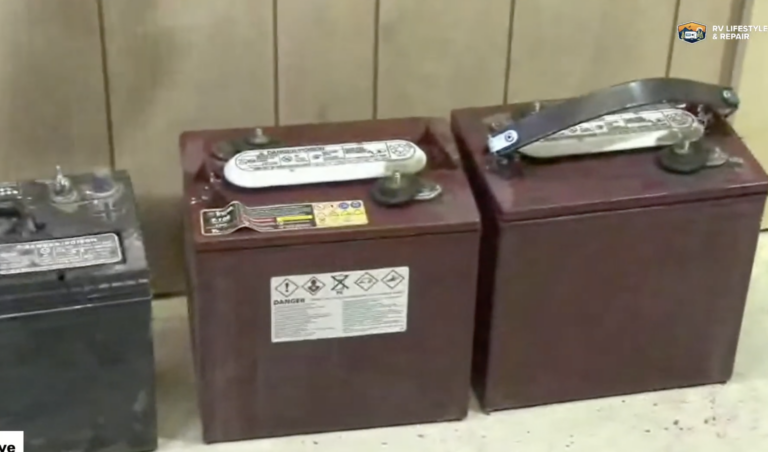
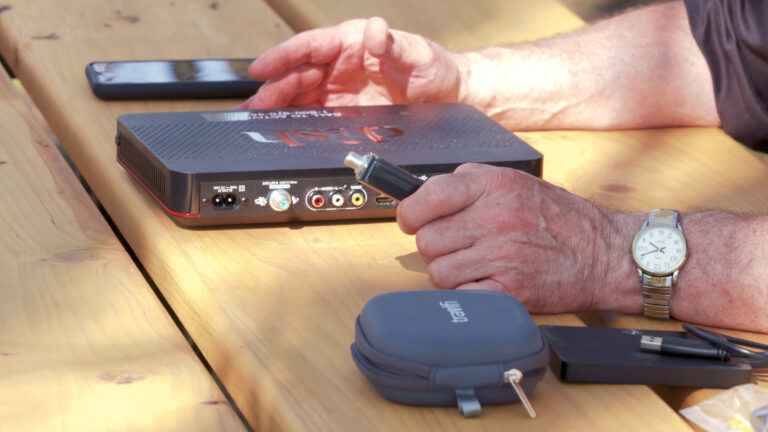
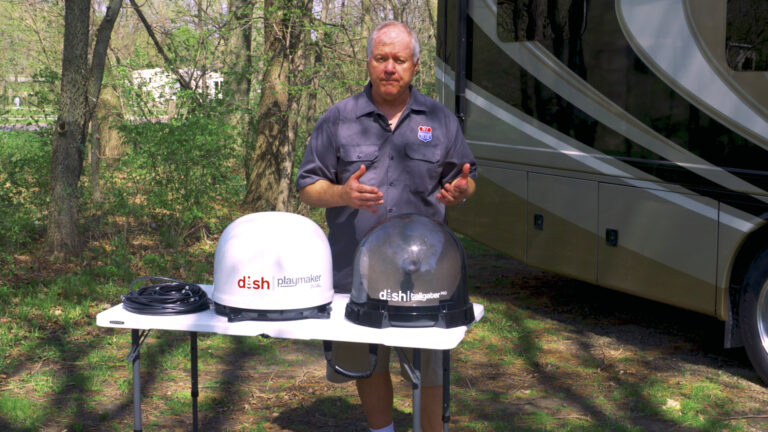
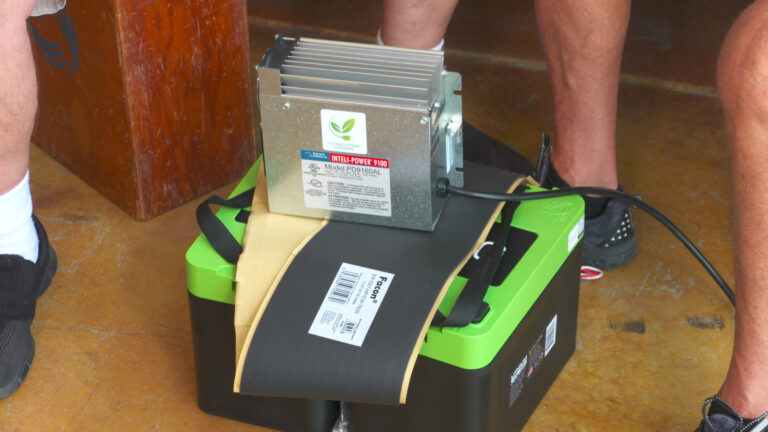

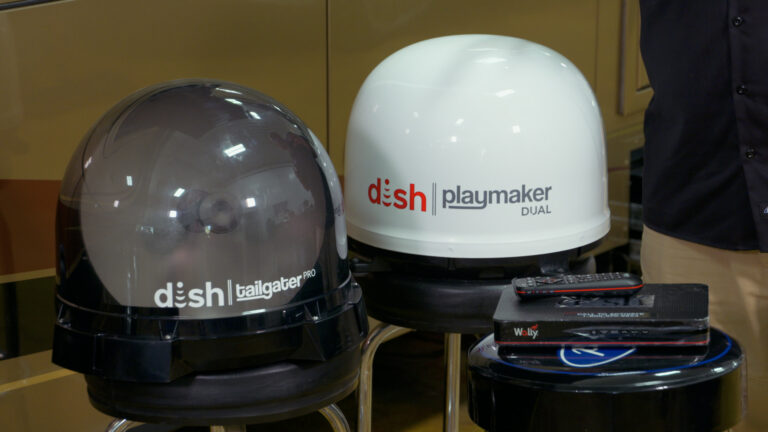


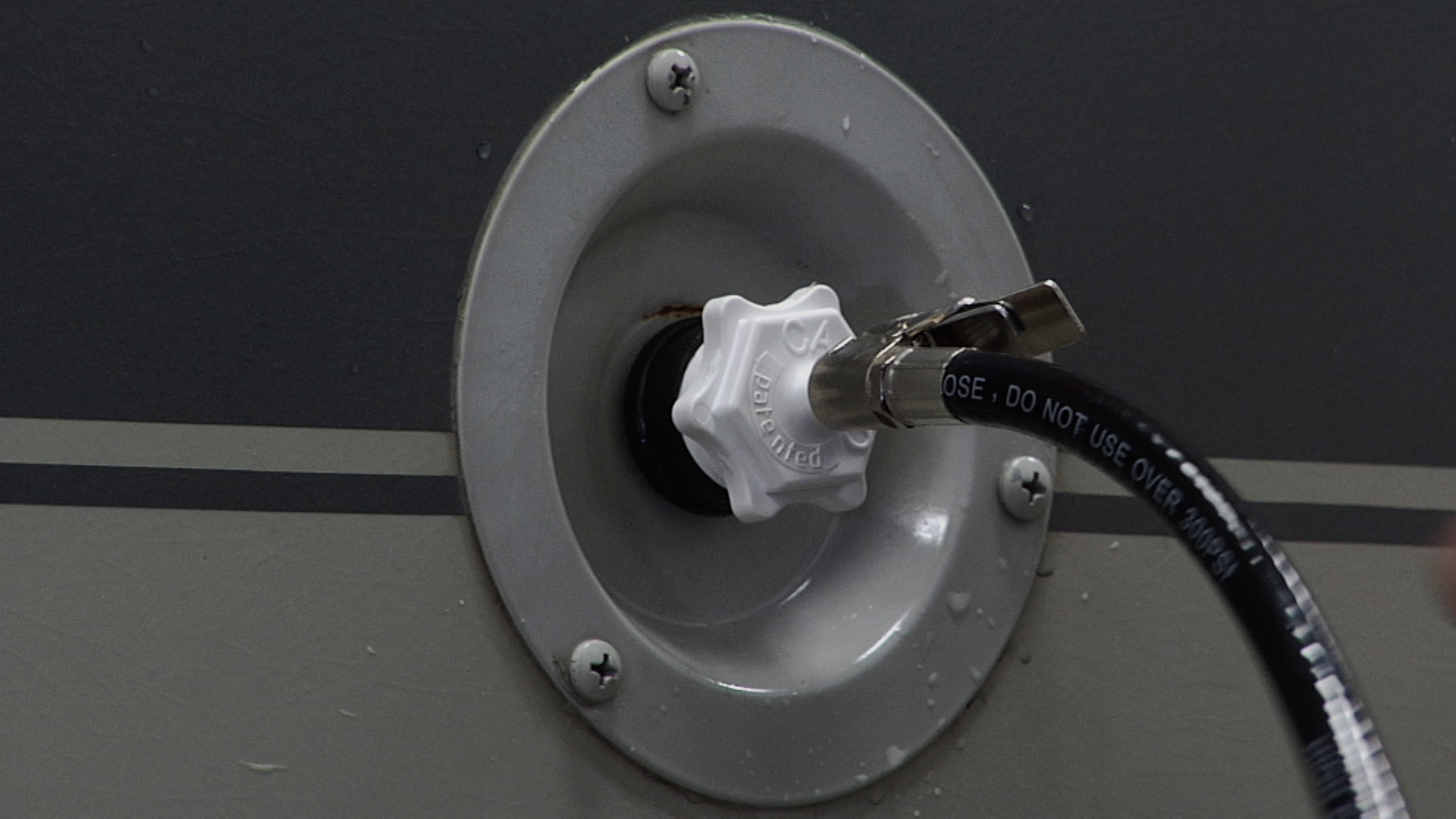
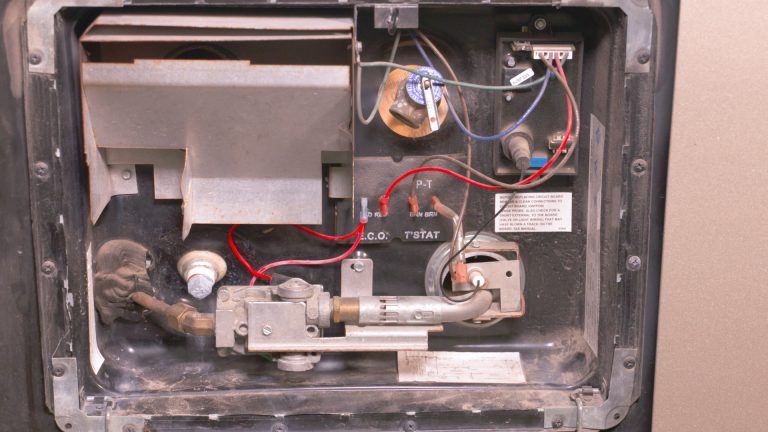

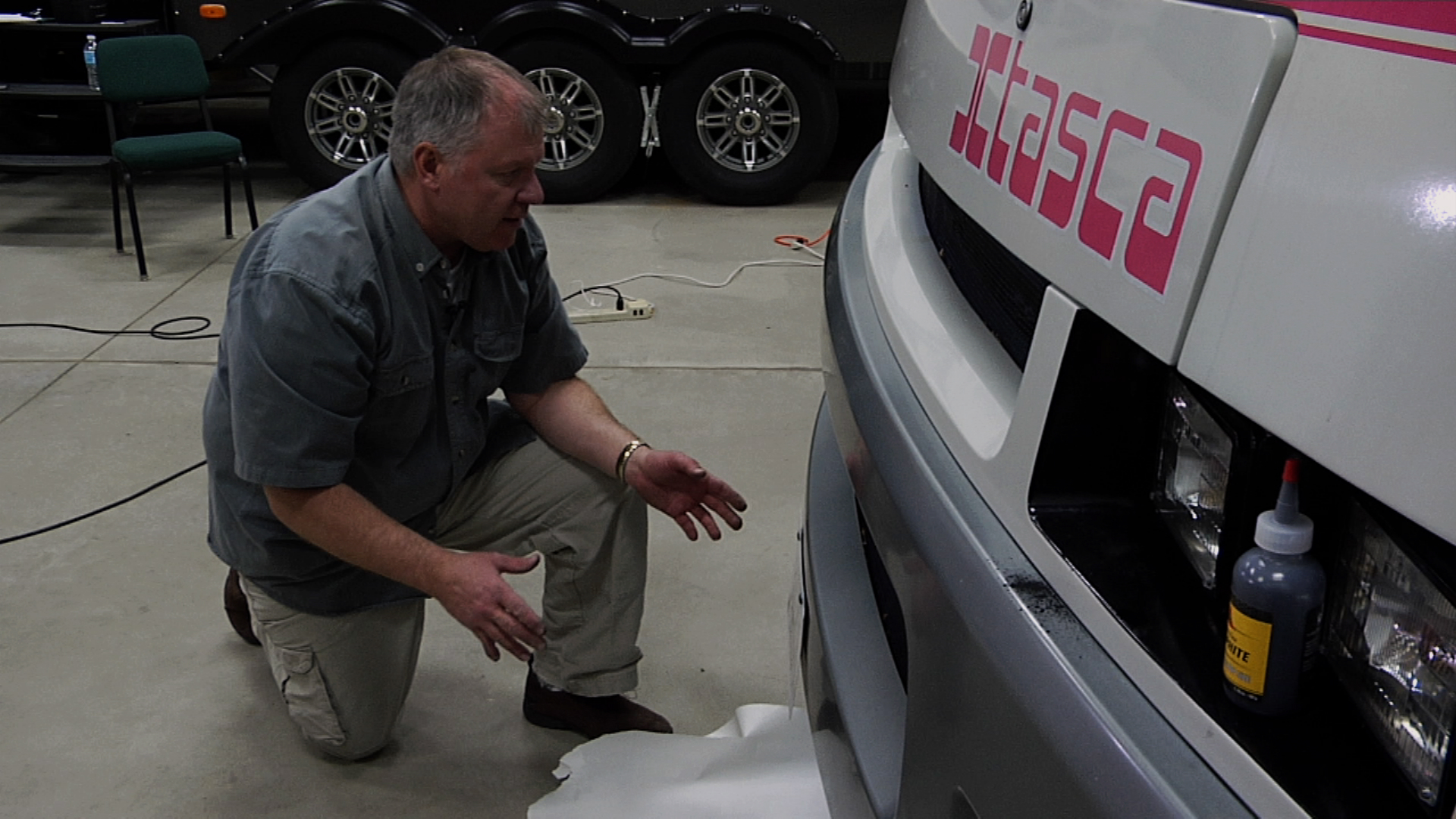

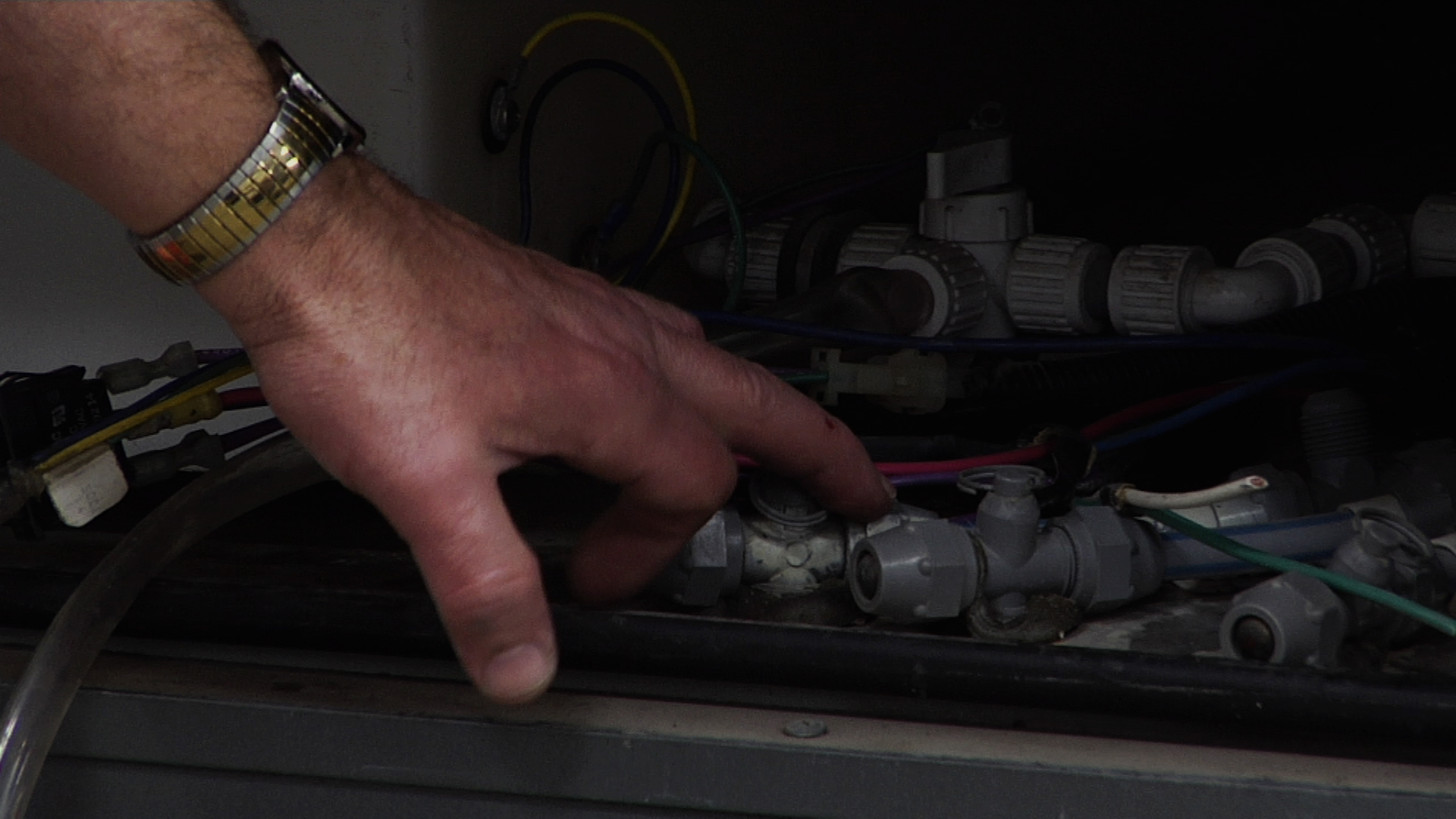
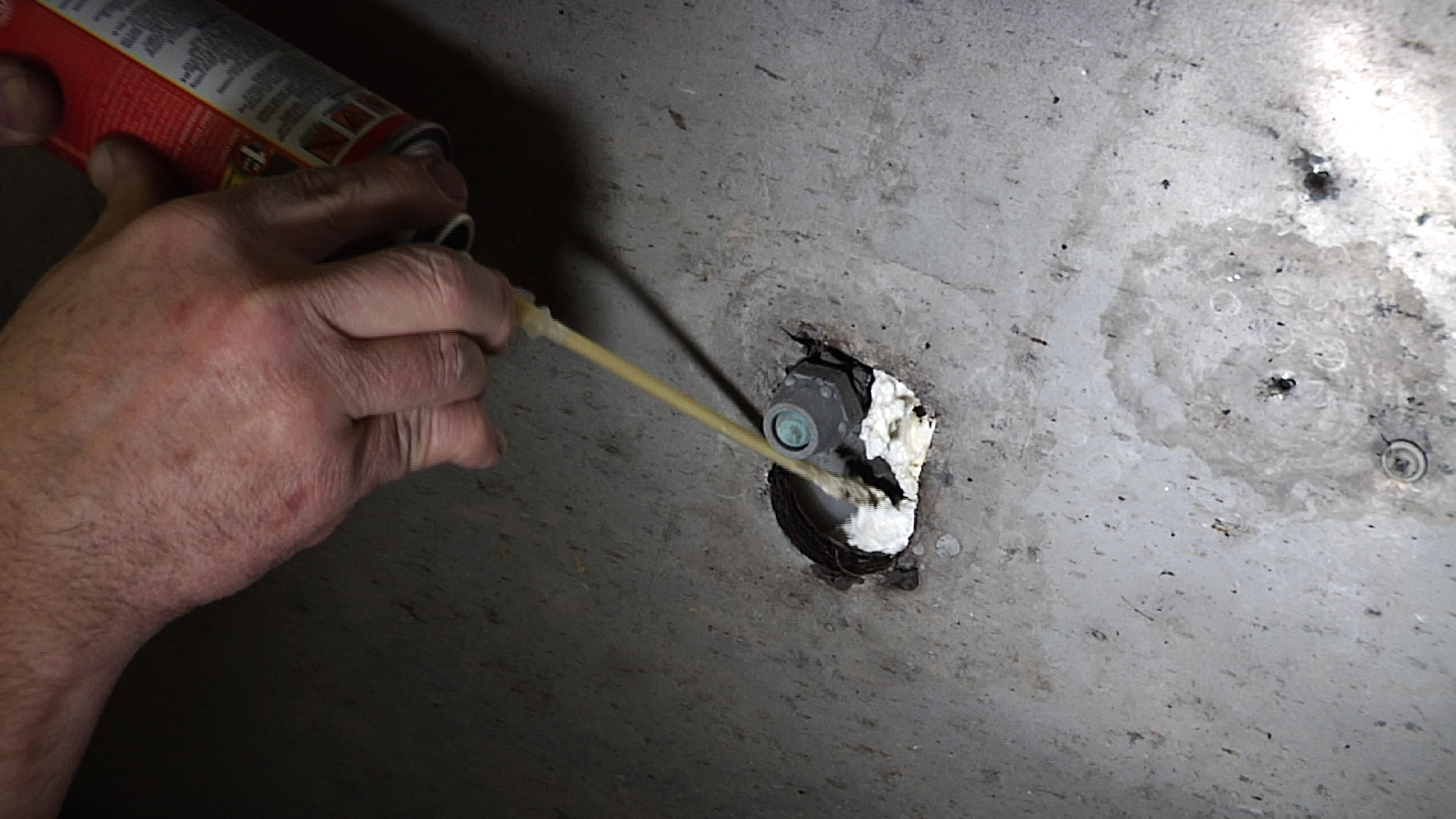
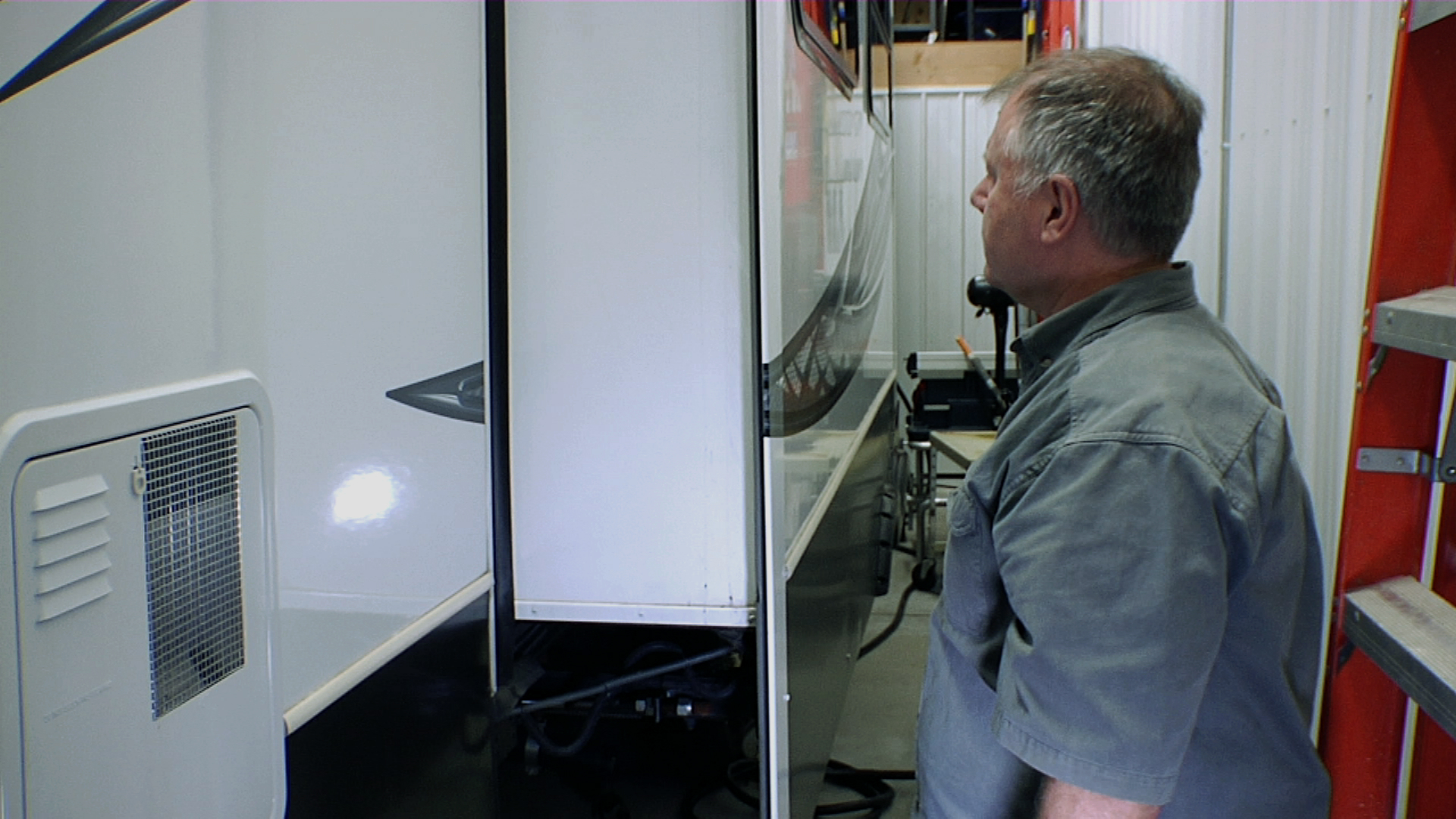
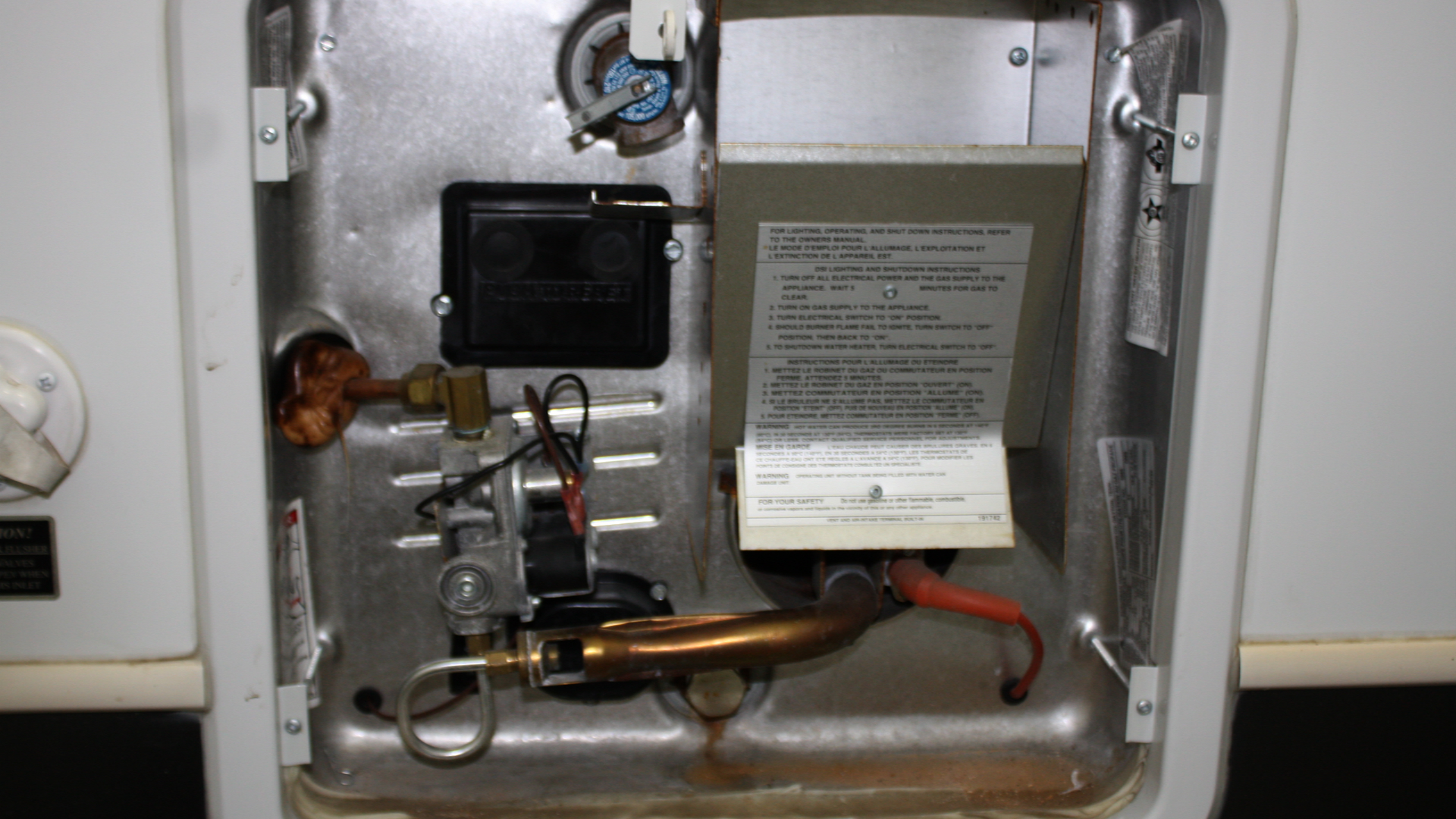
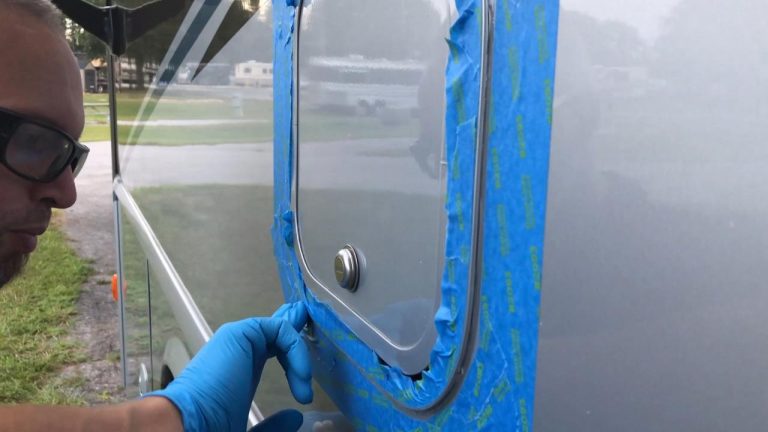

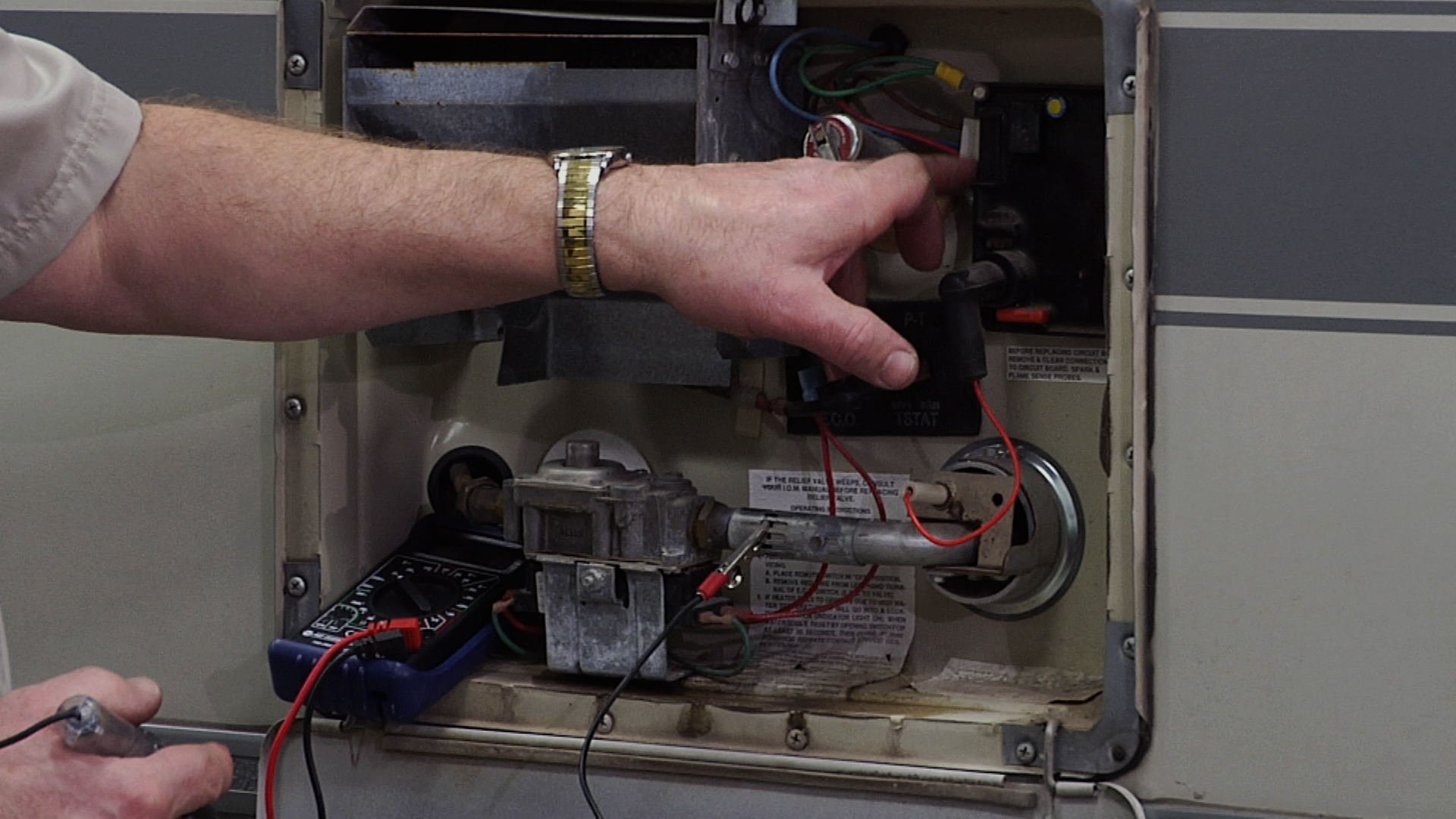

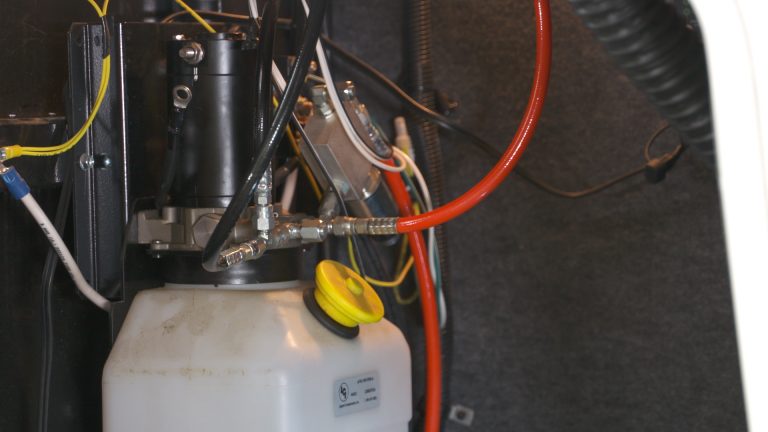
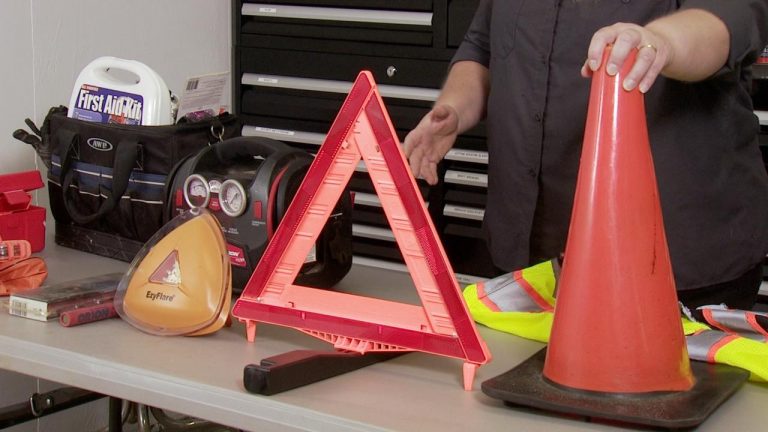

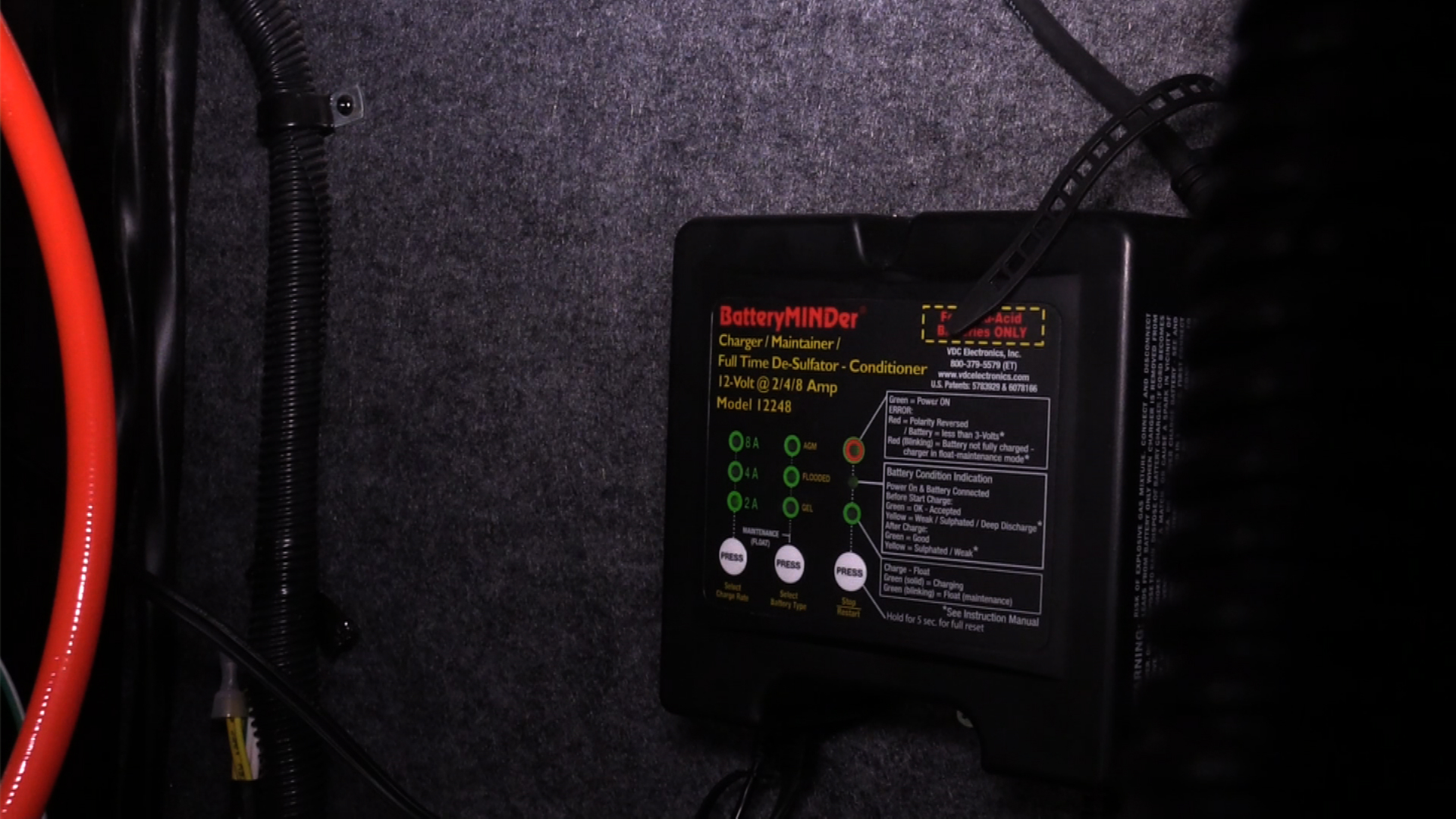

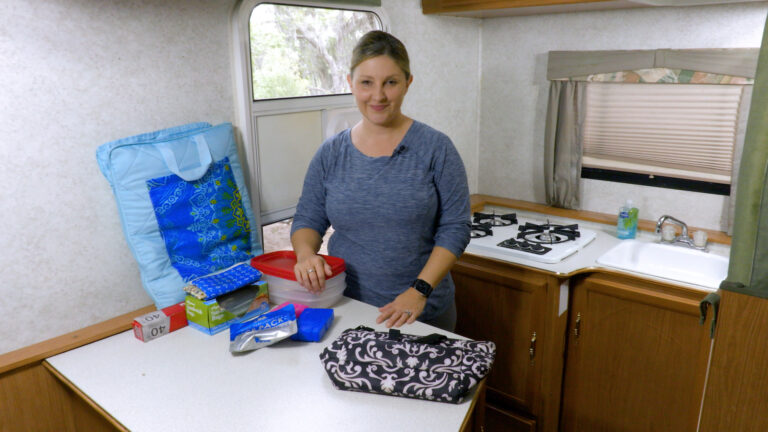
I hooked up the hose and bypassed the hot water heater on my camper but when I put water pump on to flush water lines antifreeze started to spray out of one of the water pump hoses. I tried taking off and putting it back on tight but it still sprays.
When winterizing do I also need to fill the hot water heater with antifreeze?
Where do you get this no smell, no taste RV antifreeze?
You didn't mention draining and bypassing the water heater. It will take a lot of $3/gallon antifreeze to clear the water heater using the fresh water pump. Also, I used -50 windshield washer fluid in my P-Traps. A lot cheaper than RV antifreeze and just as effective. Never use that in the freshwater system due to toxins though. Last thing is to pull the holding tank valves to assure no residual water that was pushed out of the lines is still in the tanks. It will freeze and could damage the valves. Don't forget the Ice Maker!
I am trying to purchase a cover for my RV for the winter but i don't know how to get the right size b/c the dimensions are not lining up with the covers. does the AC unit have a seperate one?
What's the best way to winterize a RESIDENTIAL three door fridge that has ice & water on the fridge door and, a second ice maker in the pull out freezer compartment? I have no access to the back / sides of the fridge.
when winterizing a rv, you should drain hot water tank, turn bypass on hot water tank, then start pumping antifreeze